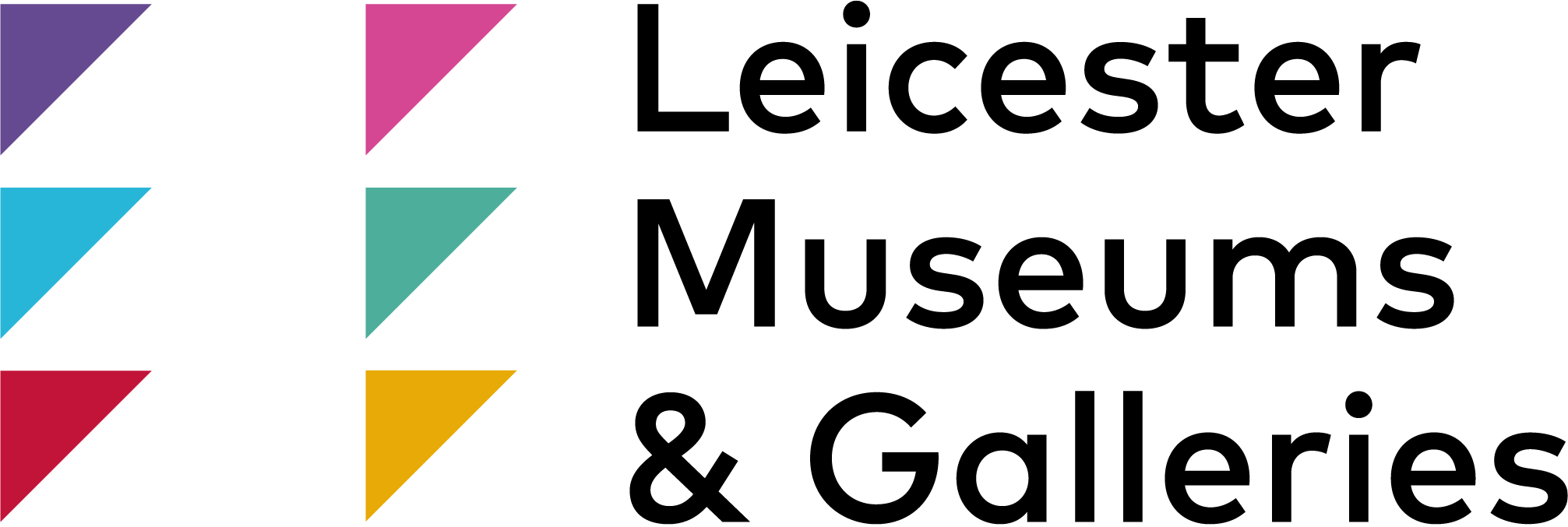Design Visuals by Oliver Bayldon
A donation to Leicester Museums & Galleries from the Oliver Bayldon Estate.
Published: 10 November 2025
A recent acquisition now on display at the King Richard III Visitor Centre: Design Visuals by Oliver Bayldon for the BBC’s 1980s production of Shakespeare’s Henry VI Parts 1-3 and The Tragedy of Richard III.
Oliver Bayldon (1938-2019) was an award-winning British production designer. He is best known for designing sets for TV shows in the 1960s-80s including ‘Till Death Us Do Part’, ‘The Railway Children’, ‘Dad's Army’, ‘The Onedin Line’, and ‘Poldark’, as well as for the production of Shakespeare's first tetralogy (the Henry VI plays and Richard III). For the Royal Academy of Music, he created costumes or sets for four operas. He was also a published author of poetry, essays and fiction, and a number of his short stories were broadcast on radio.
He was born in Leicester and raised in Rutland. He showed a very early interest in theatre and set design following a visit to a pantomime at the age of 5. He went on to study at the Leicester College of Art and whilst there gained two awards from the Royal Society of Arts for his designs. He became a Fellow of the RSA in 1961, the same year he was awarded an Arts Council Scholarship apprenticeship to the Northampton Repertory Theatre, where he worked for two years before moving to the BBC. He later won an RTS award for Best Production Design (Drama) for Never Come Back (1989) and a BAFTA Television Craft Design Award for Memento Mori (1993).
Design Visuals by Oliver Bayldon for the BBC’s 1983 production of Shakespeare’s Henry VI Parts 1-3 and The Tragedy of Richard III. NB visuals 1,2, 6, 8, 9 and 10 are on display at the King Richard III Visitor Centre.
Gallery of Design Visuals
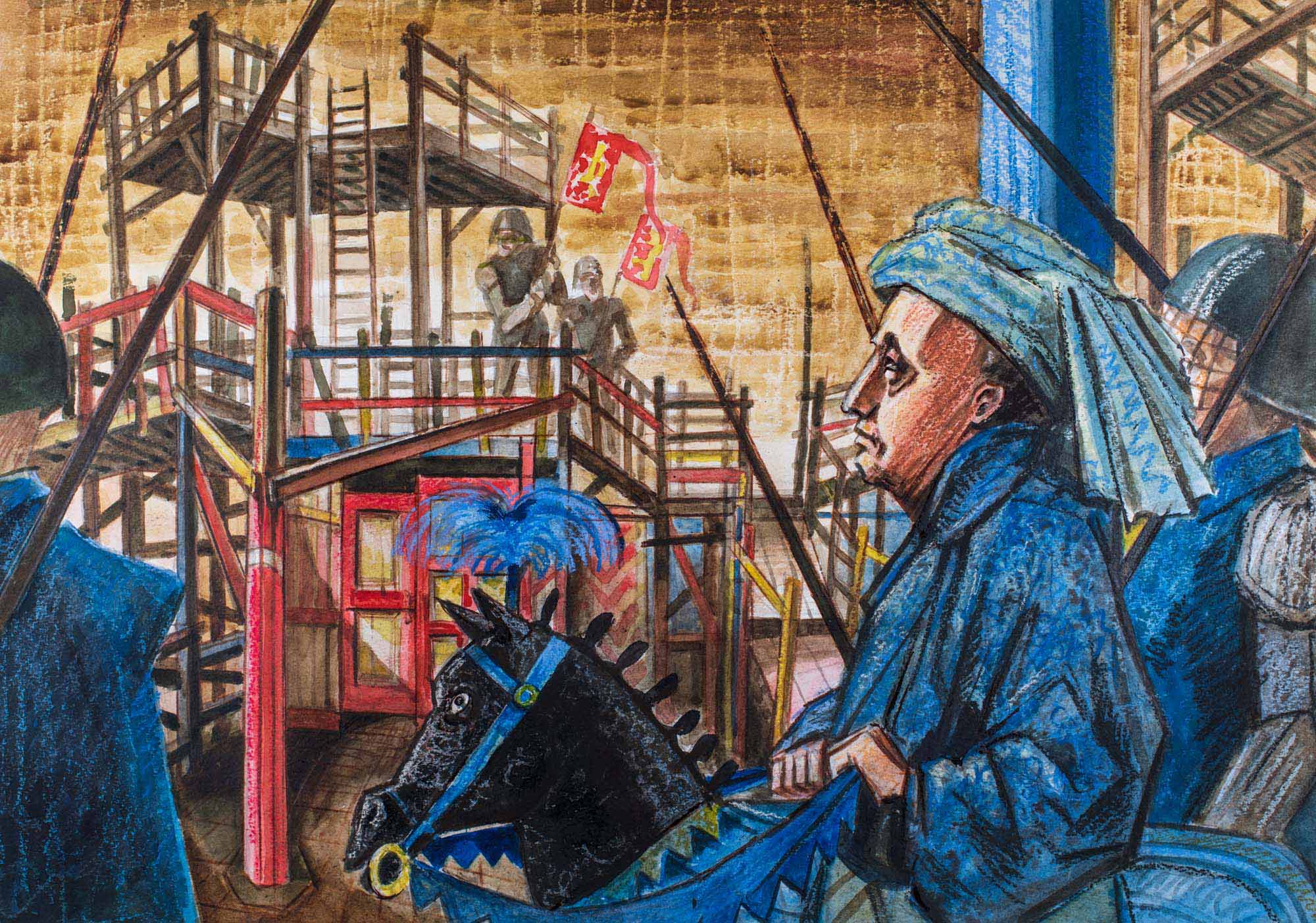
© The Oliver Bayldon Estate

© The Oliver Bayldon Estate
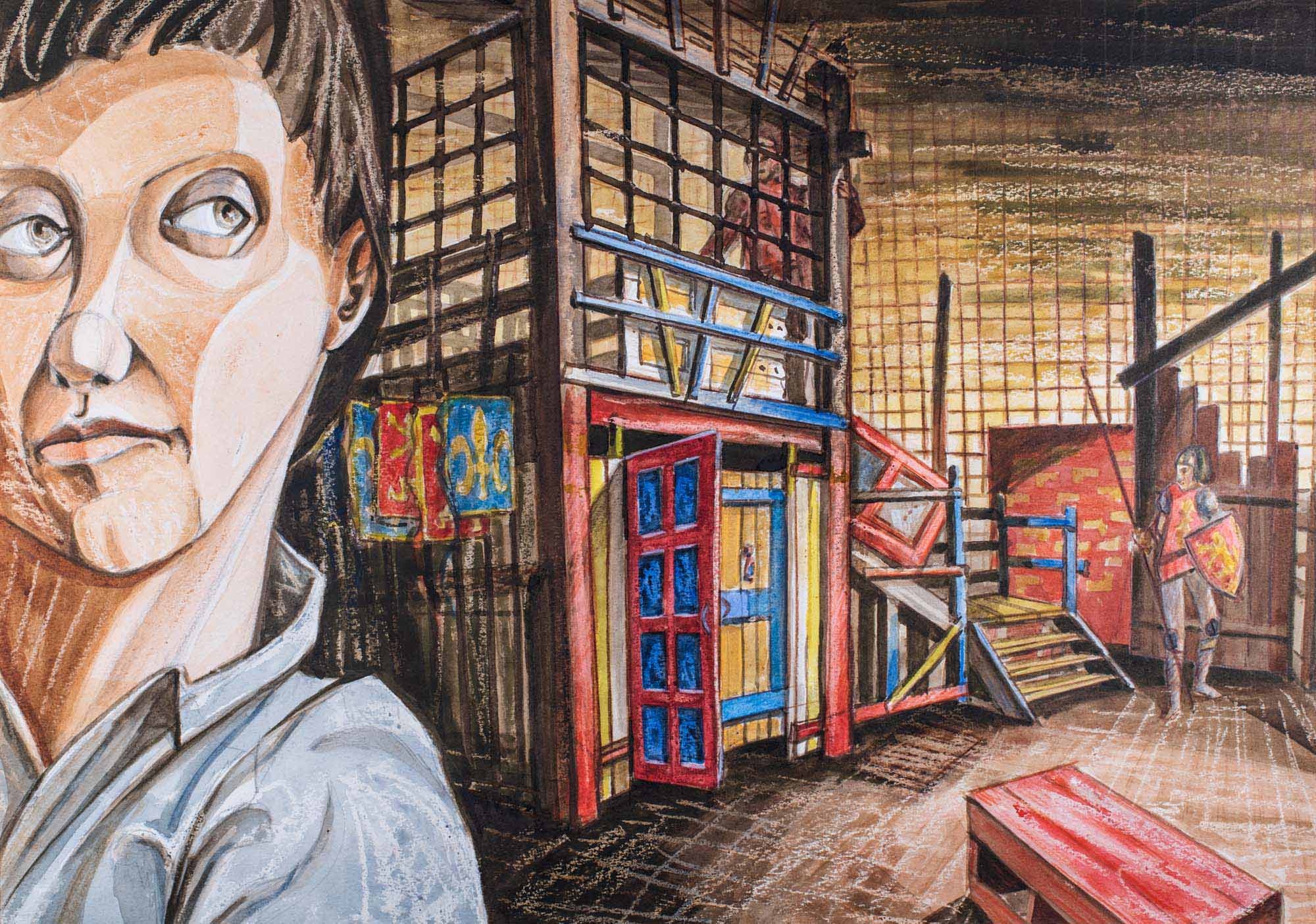
© The Oliver Bayldon Estate
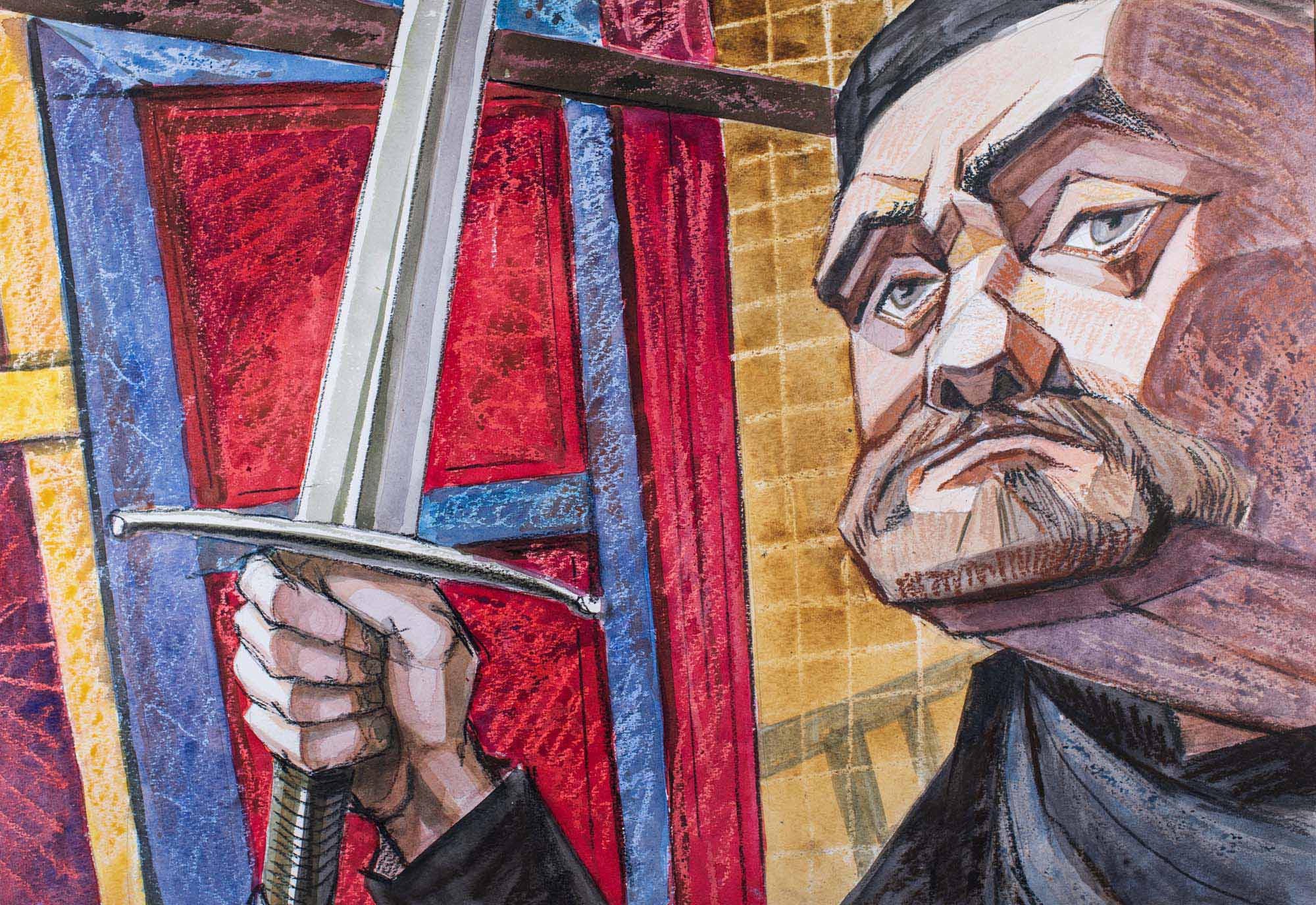
© The Oliver Bayldon Estate

© The Oliver Bayldon Estate
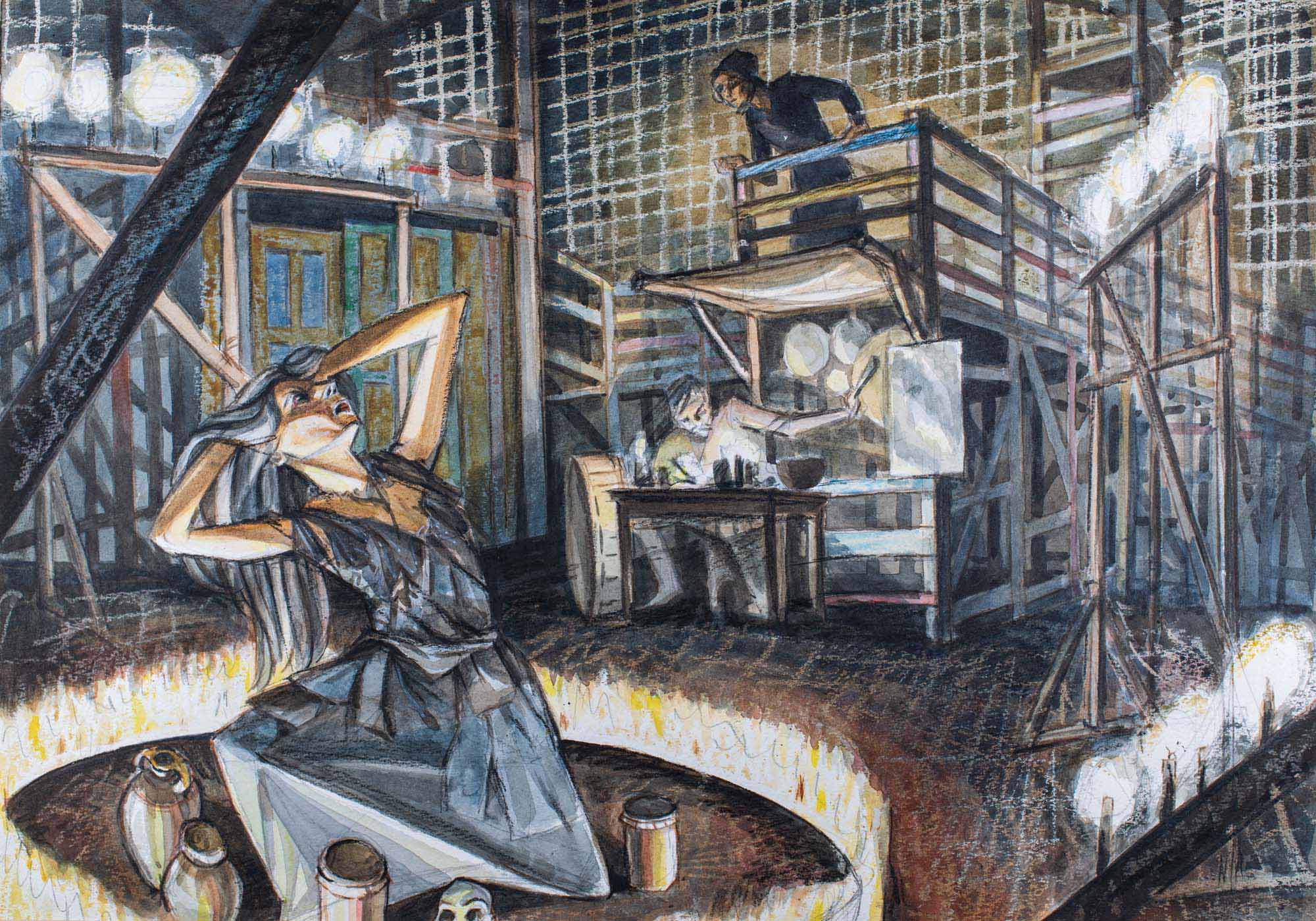
© The Oliver Bayldon Estate
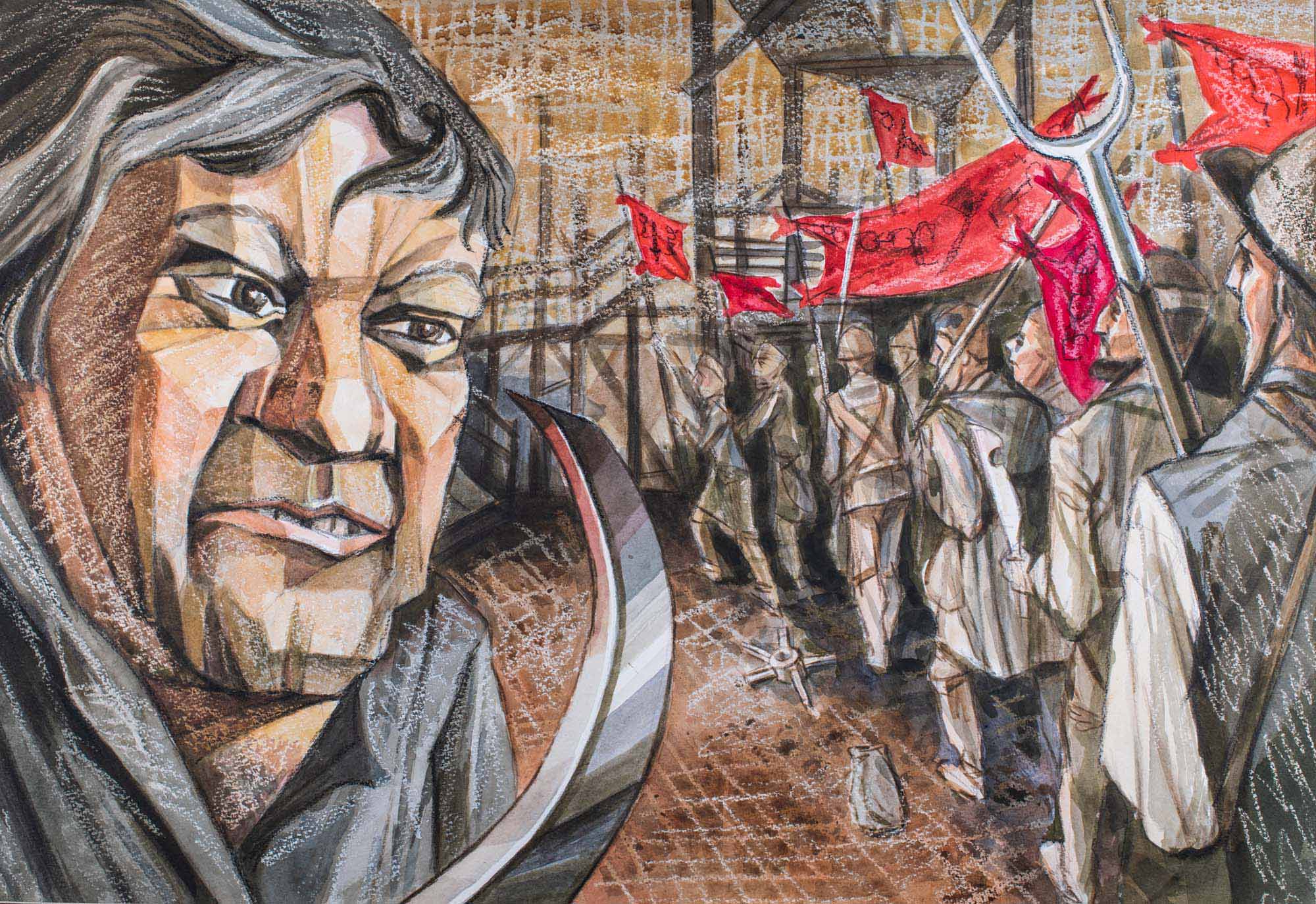
© The Oliver Bayldon Estate
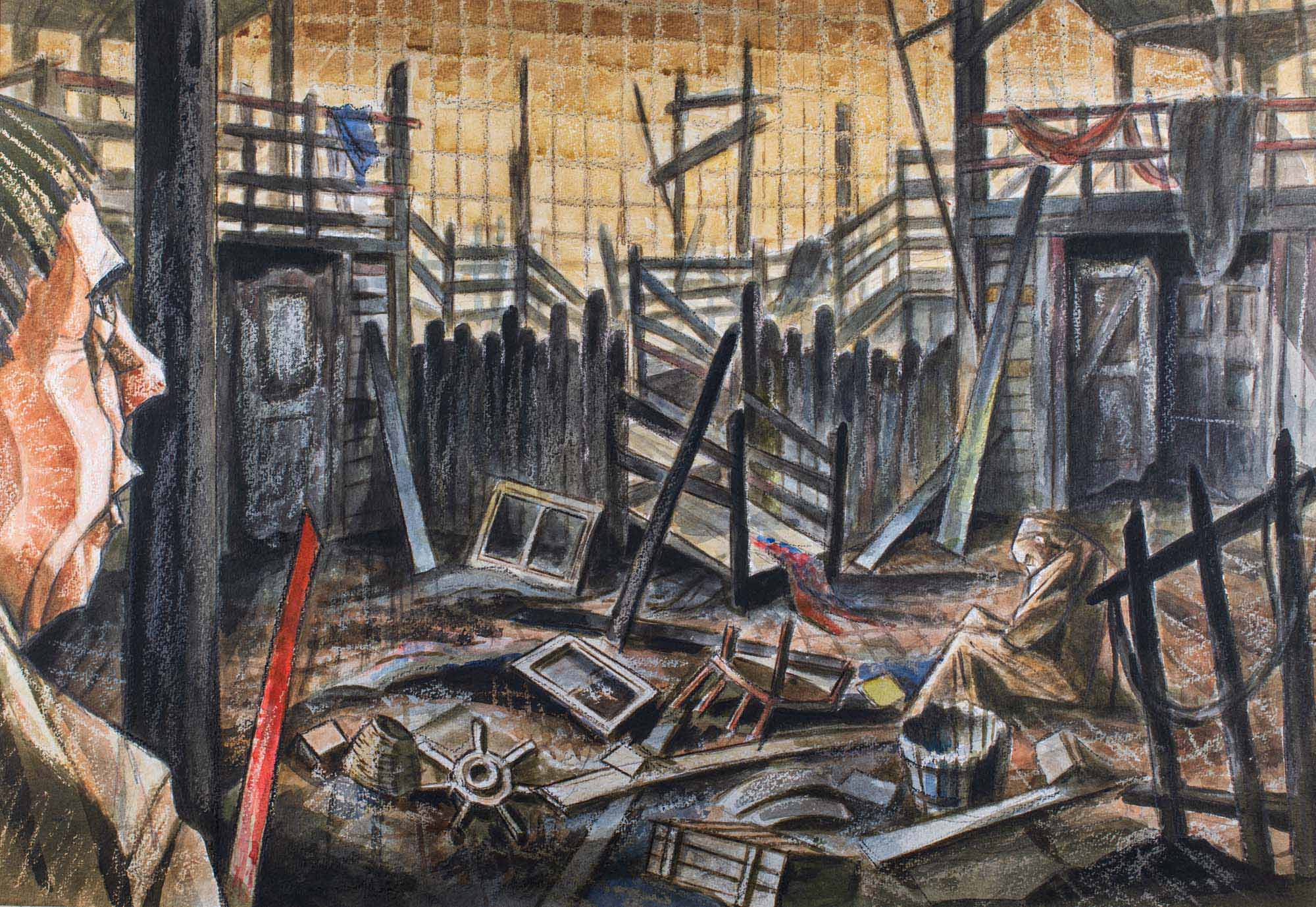
© The Oliver Bayldon Estate

© The Oliver Bayldon Estate
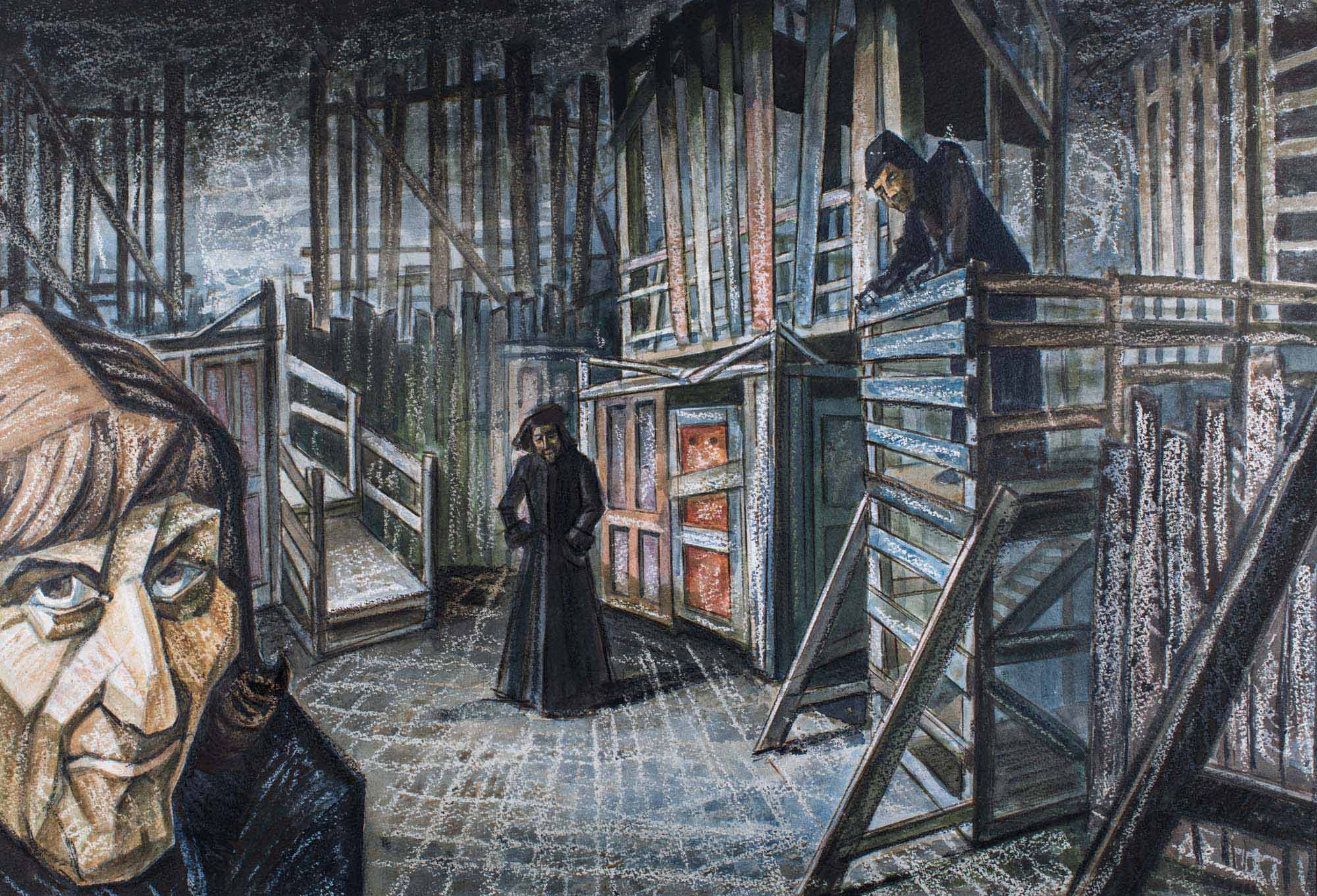
© The Oliver Bayldon Estate
The Henry VI - Richard III tetralogy, totalling just over 14 hours, was broadcast on BBC2 on consecutive Sundays in January 1983. It was produced by Jonathan Miller and Shaun Sutton and directed by Jane Howell. The plays were produced over six exhausting months during 1981-1982. The director decided to film all four on the same set and make it change to reflect how the social and political order deteriorated as the plays progressed. Somebody called this "brave" at the time, but it was generally agreed that the solution worked very well. The TV audience would have seen a colourful "adventure playground" turning first sombre and textured in Henry VI Part 2, then burnt and charred in Part 3 and finally, in Richard III, very enclosed and dark. The visuals show characters in context, against a fast-changing set that reflects the tumultuous times.
These photographs taken by Oliver, show how the set looked during filming.
Photographs of the set
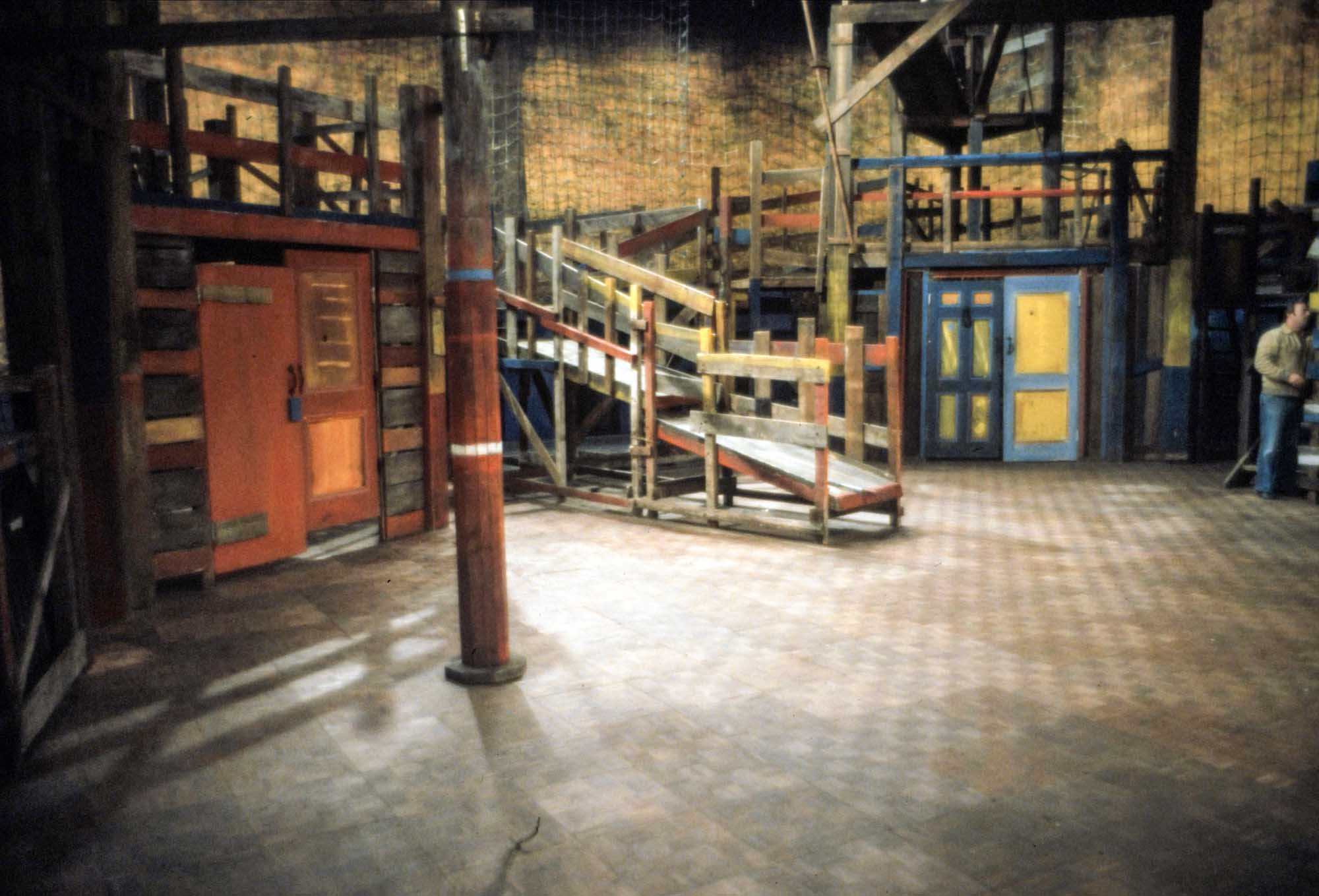


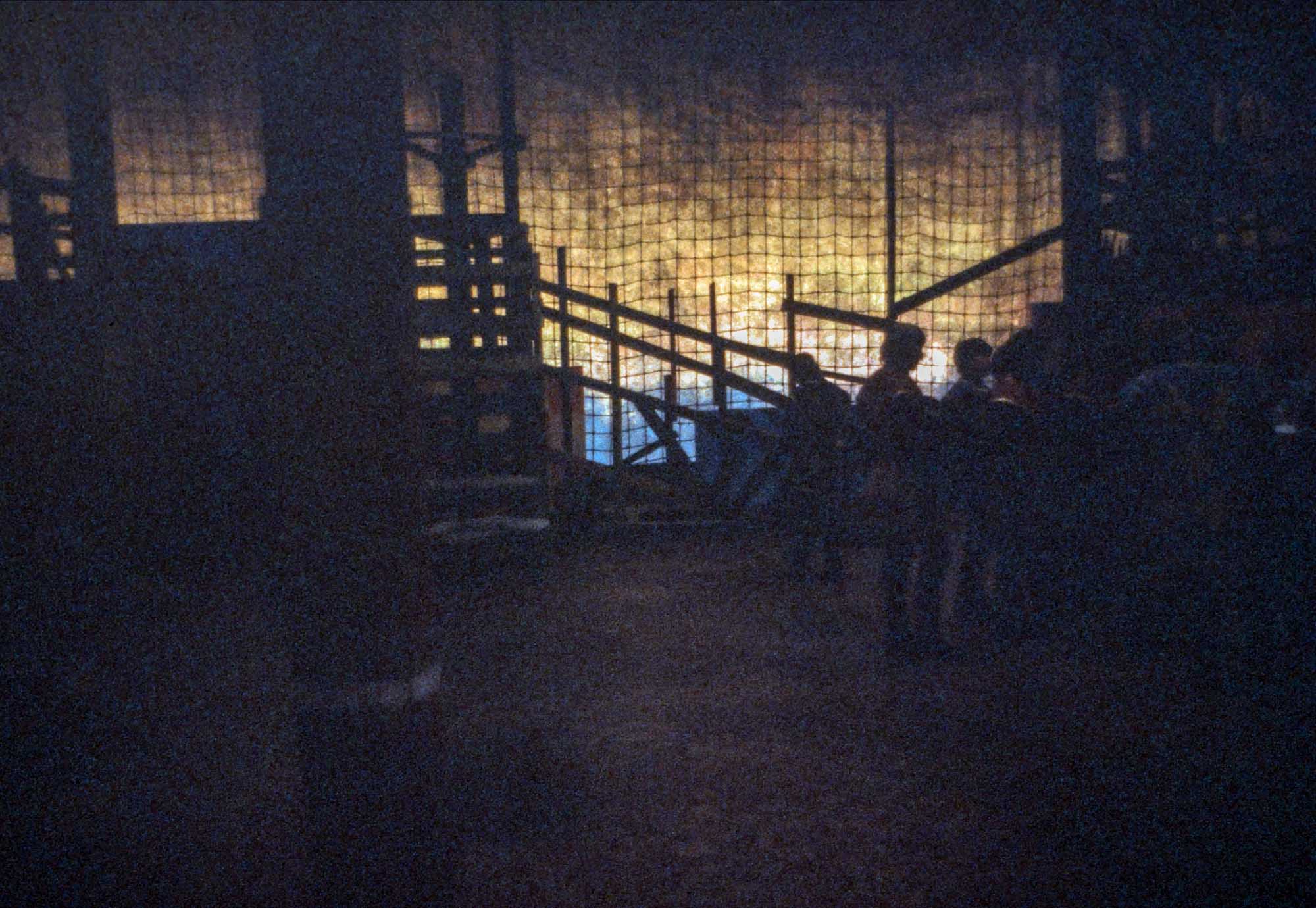
The set of 10 visuals for the Shakespeare tetralogy was donated to Leicester Museums in early 2025 in memory of Oliver Bayldon. Six have now gone on display at the King Richard III Visitor Centre and demonstrate the change in mood as the plays progress.
Oliver Bayldon worked with many media and techniques - from paper collage to black ink/pencil on paper. For the Shakespeare visuals, oil pastel and wash with ink/pencil, were used to achieve a watercolour-like effect, with soft blends of colours and fine detail.
Gallery
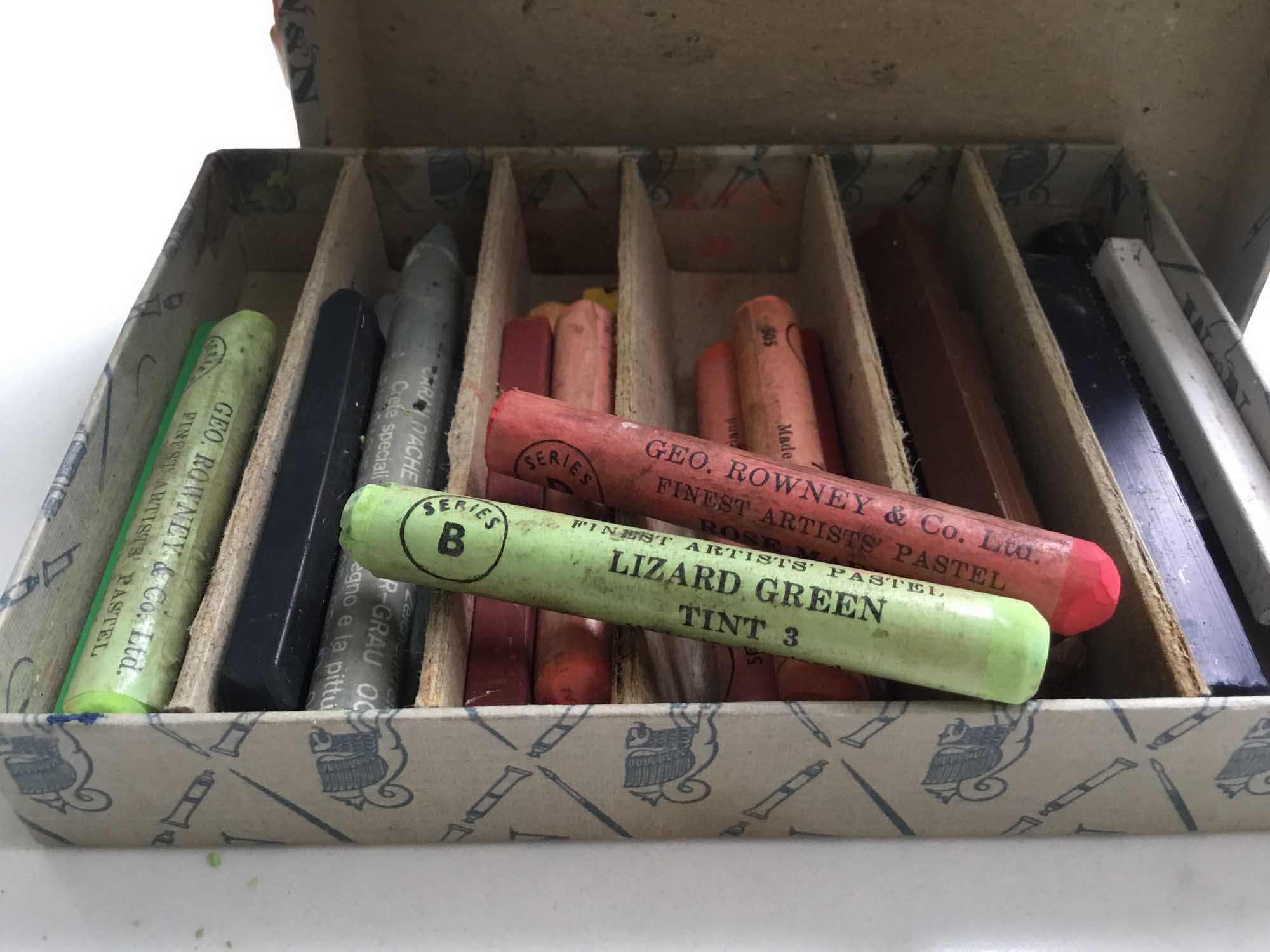
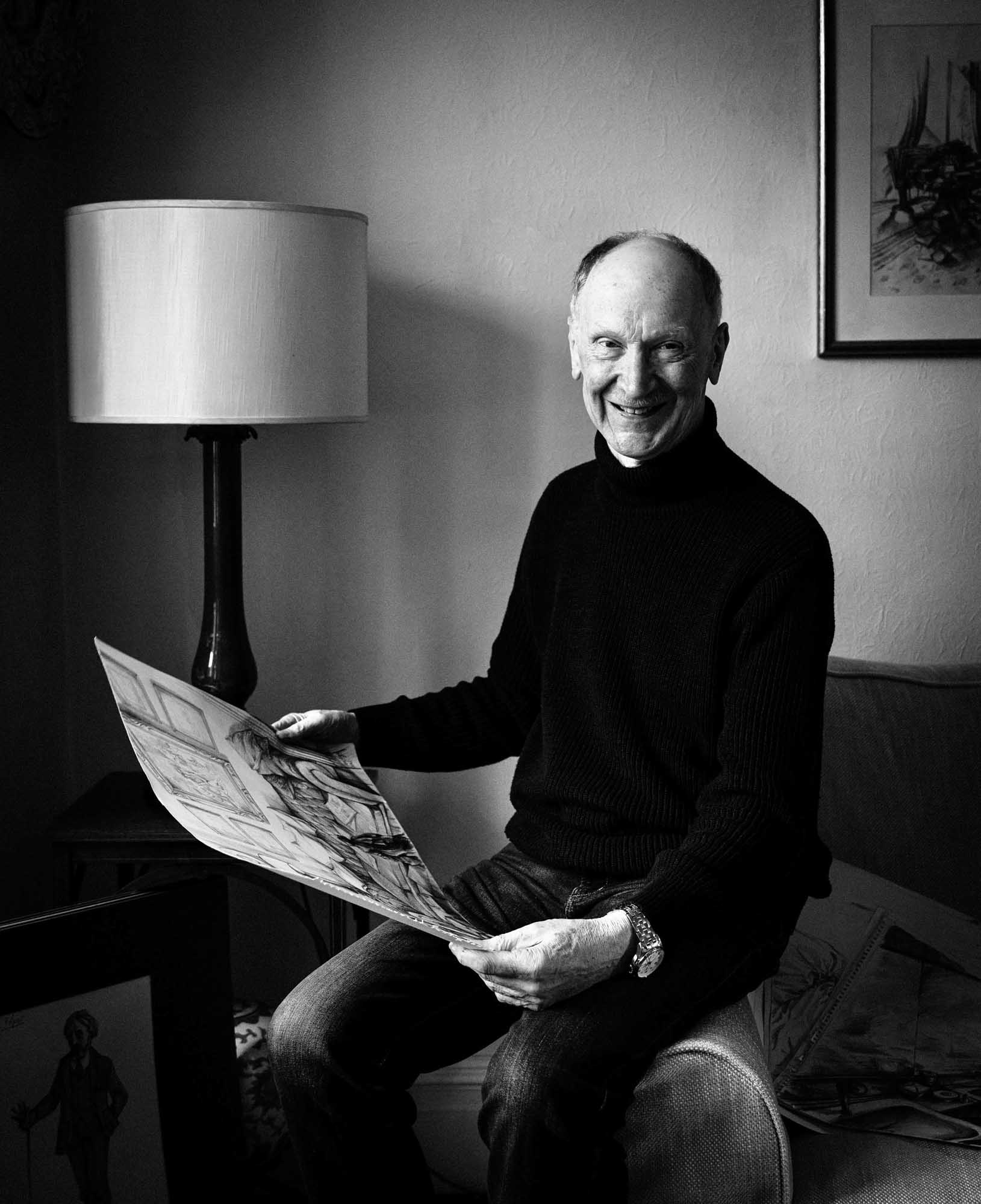
© The Oliver Bayldon Estate

© The Oliver Bayldon Estate
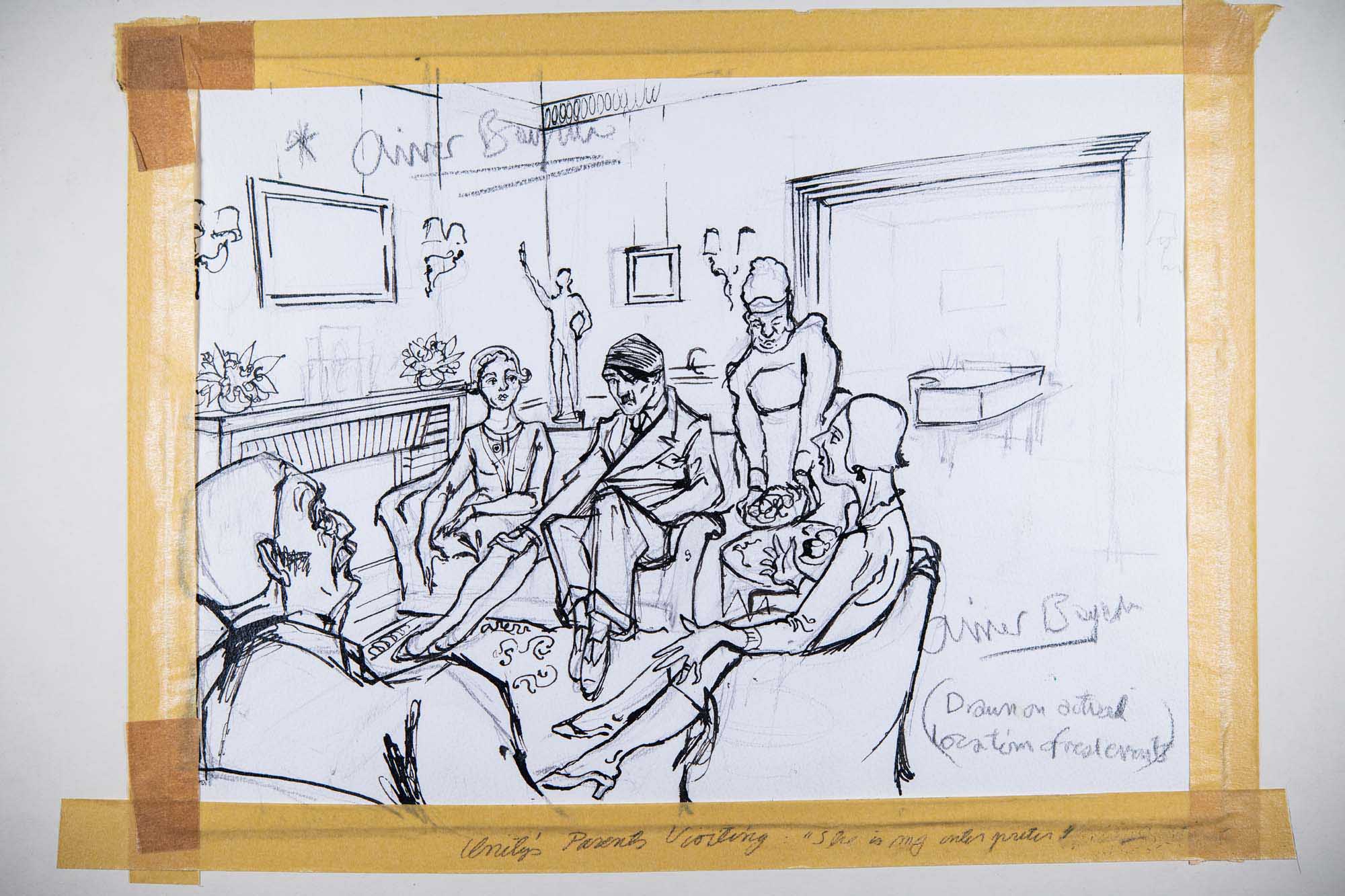
© The Oliver Bayldon Estate
As well as these Design Visuals, Leicester Museums is fortunate to have also received a Visual for the BBC’s production of ‘Unity’, which looked at the life of Unity Mitford. Additionally, we have been given some booklets relating to papermaking and printing by Leicester-based artists or publishers, including John Mason, Oliver Bayldon, Rigby Graham and the Twelve by Eight Press, some of which will go on display in the new art galleries at Leicester Museum & Art Gallery in 2026.
